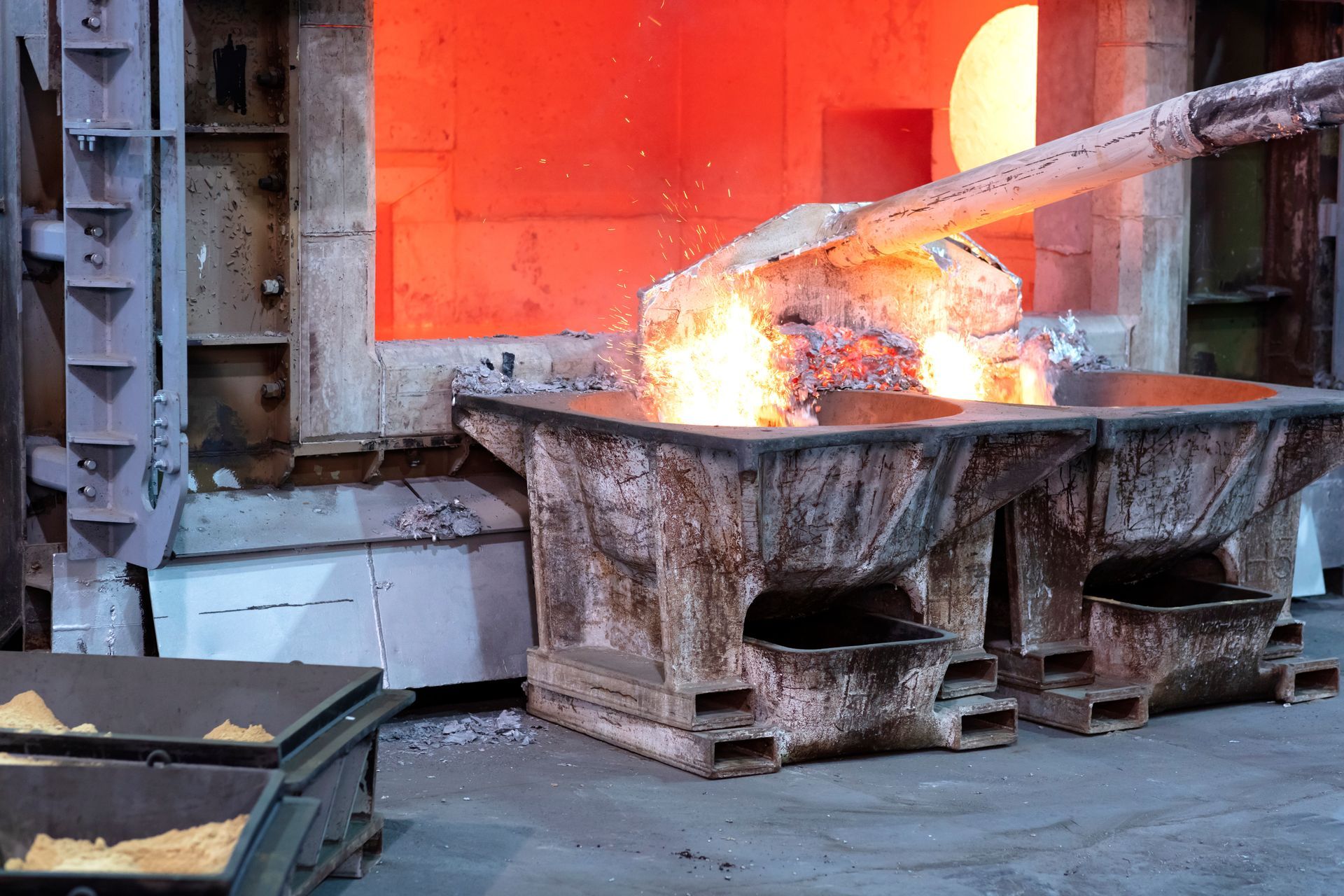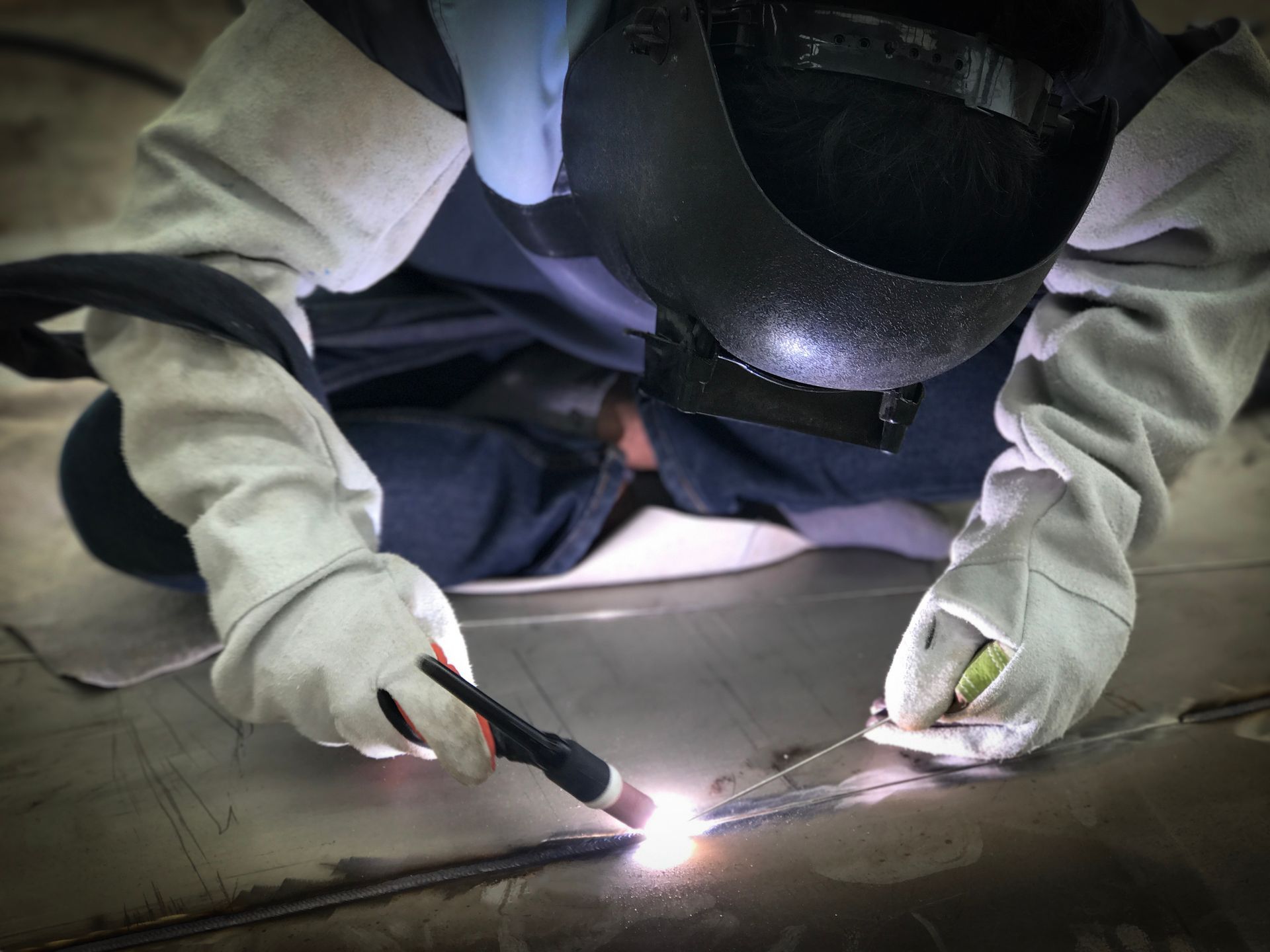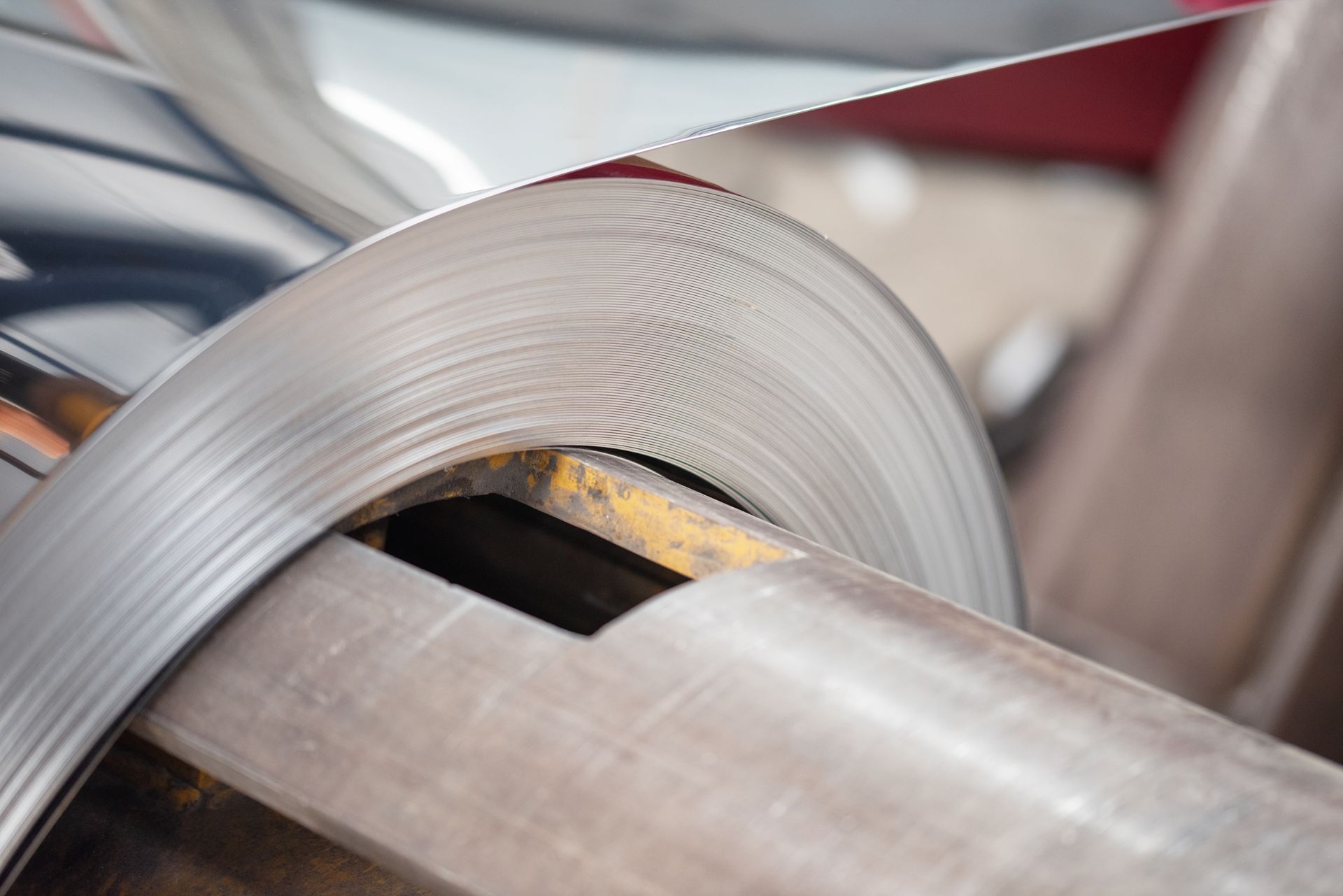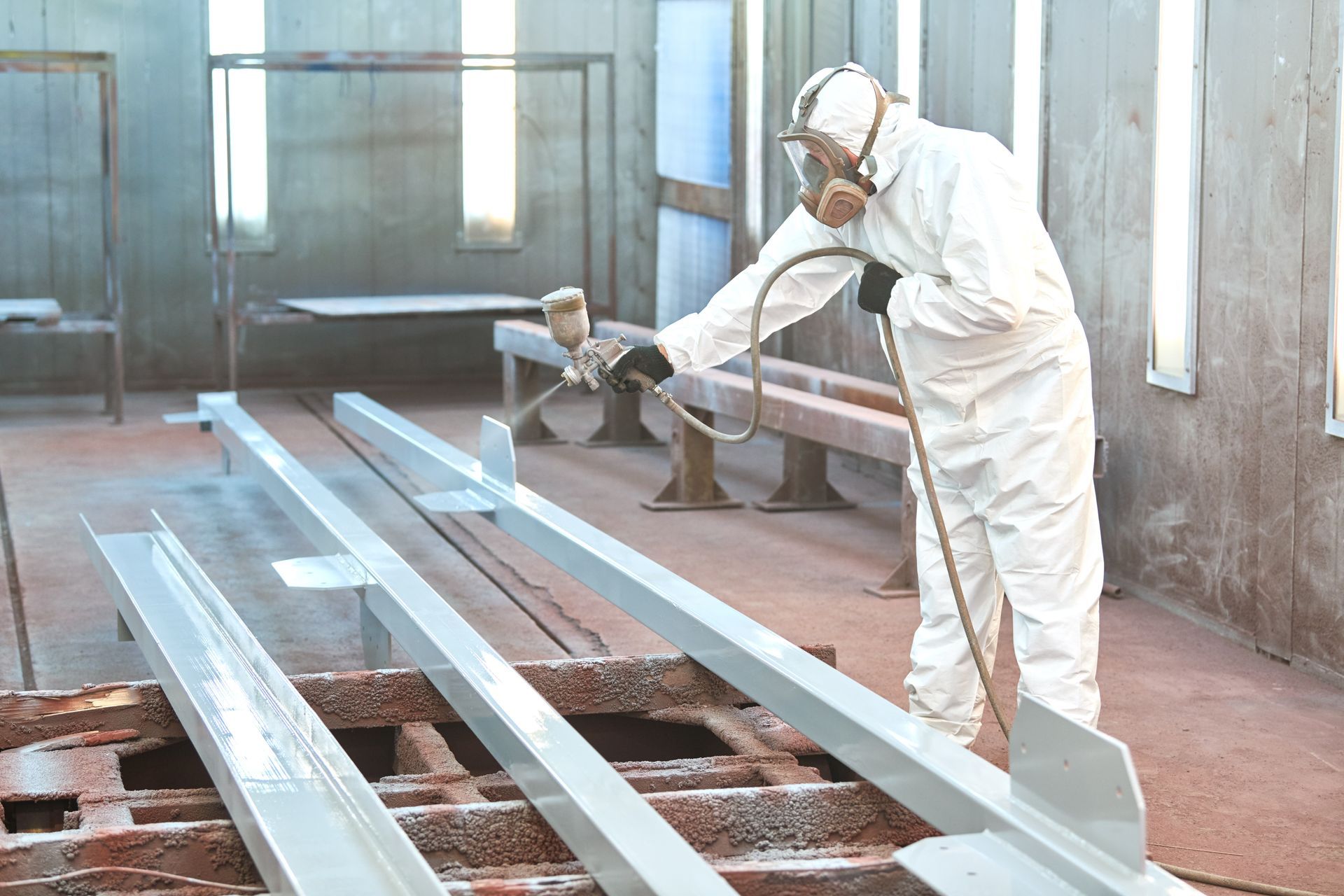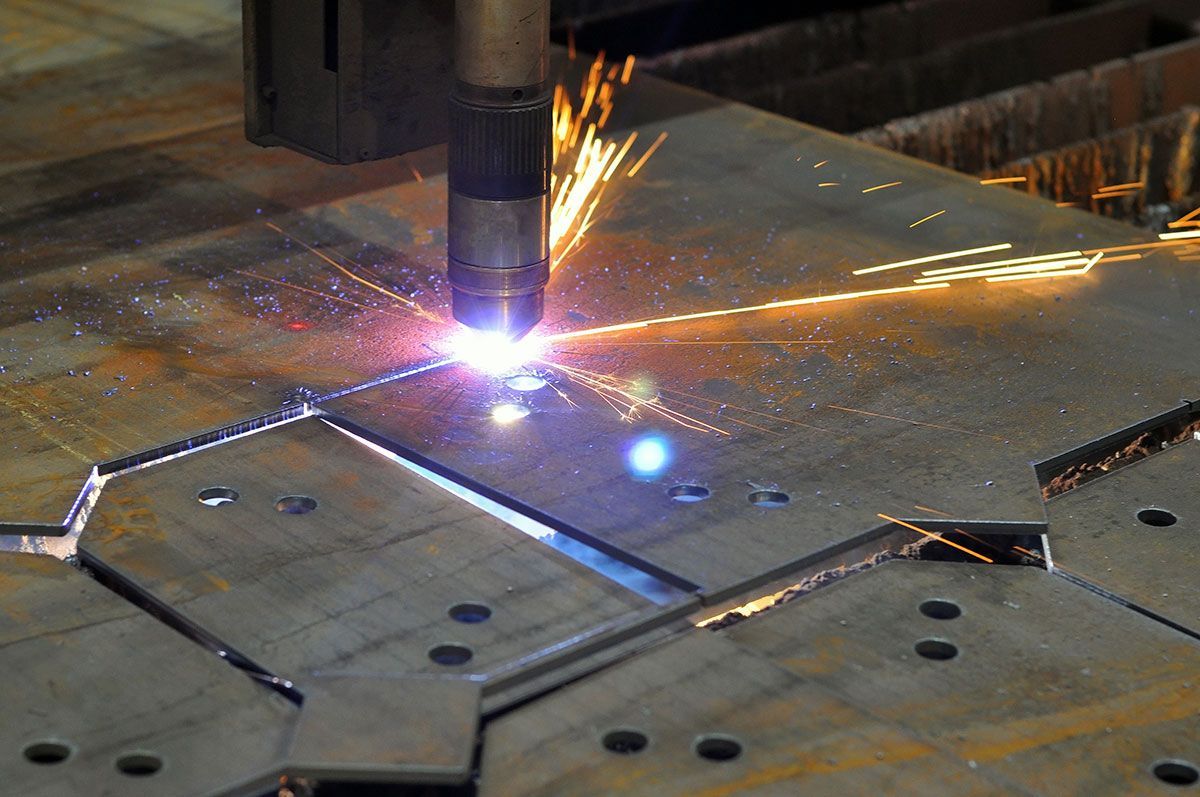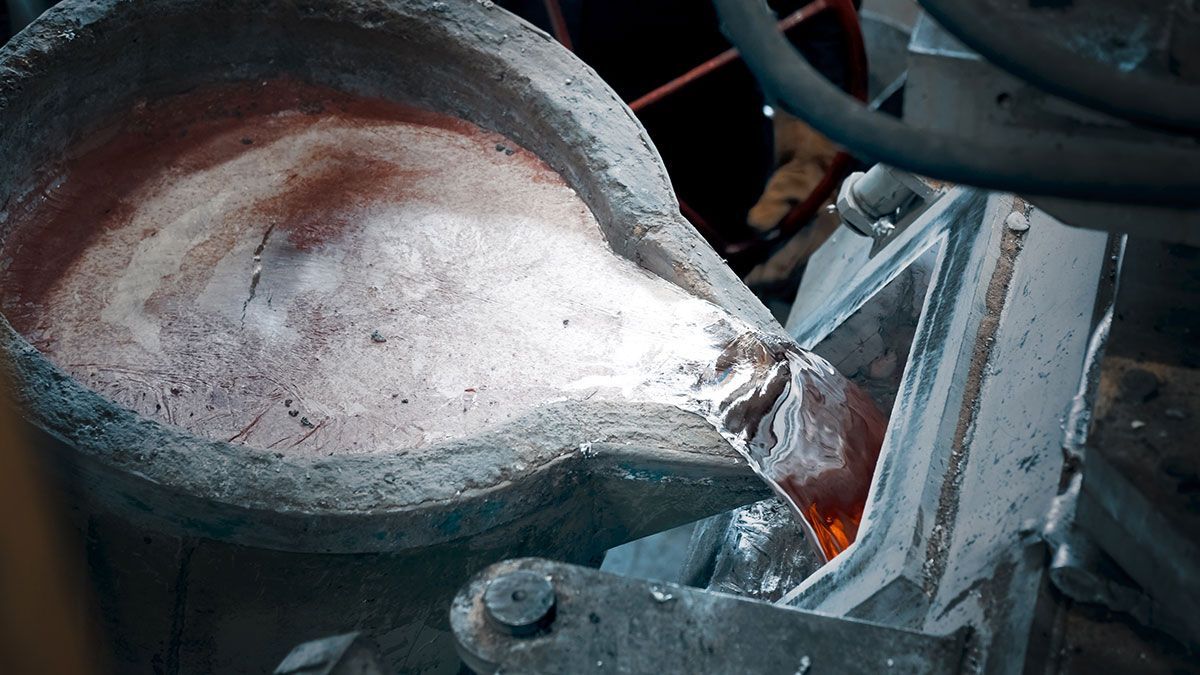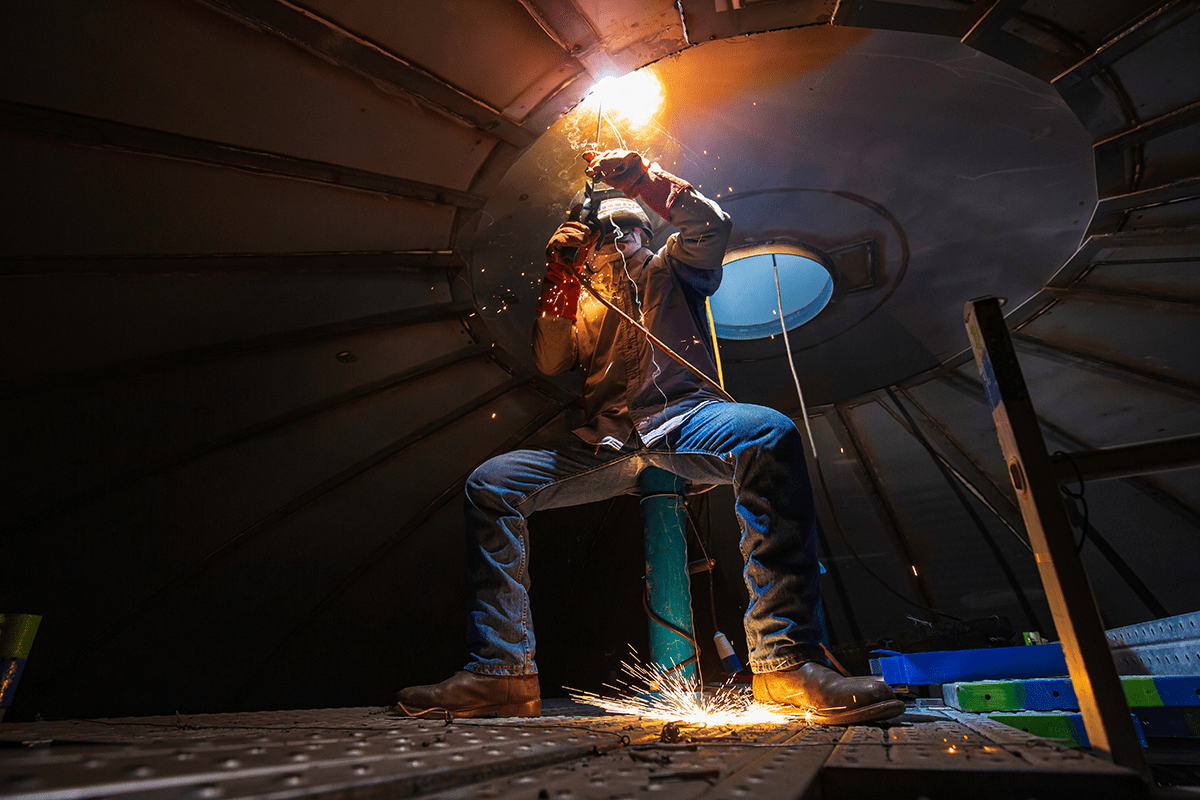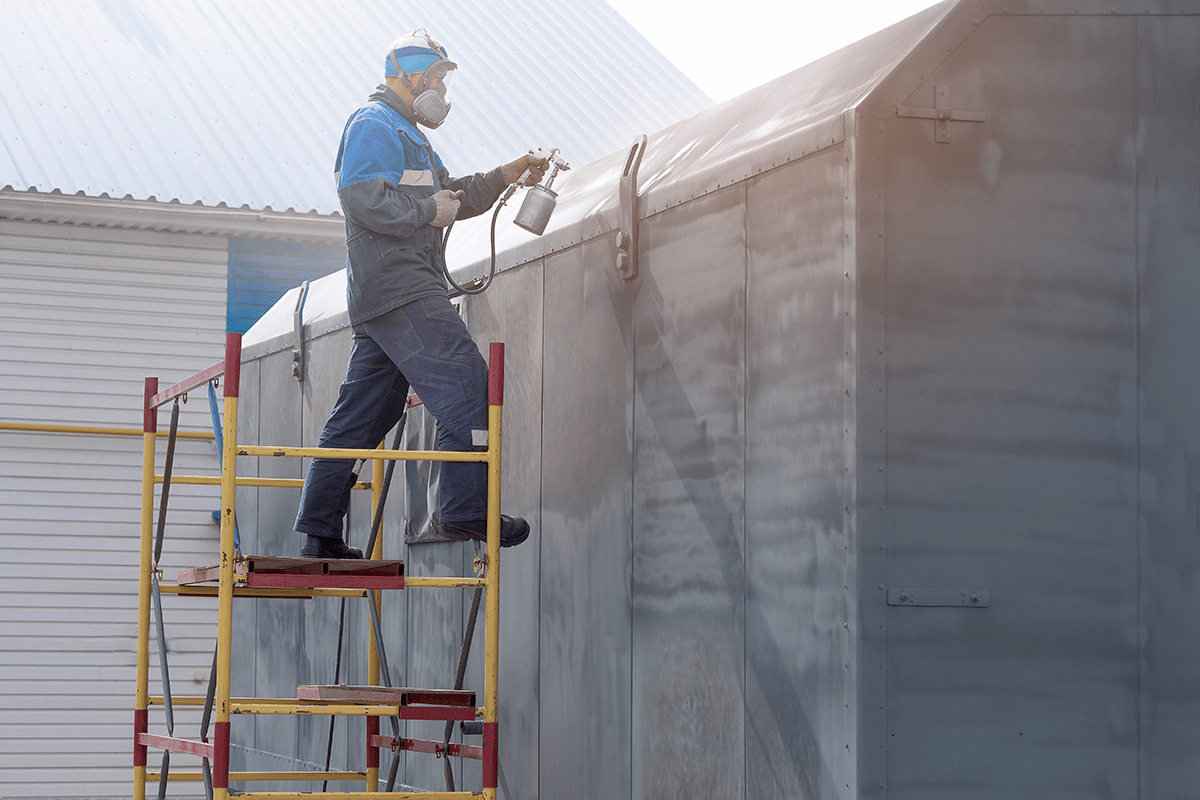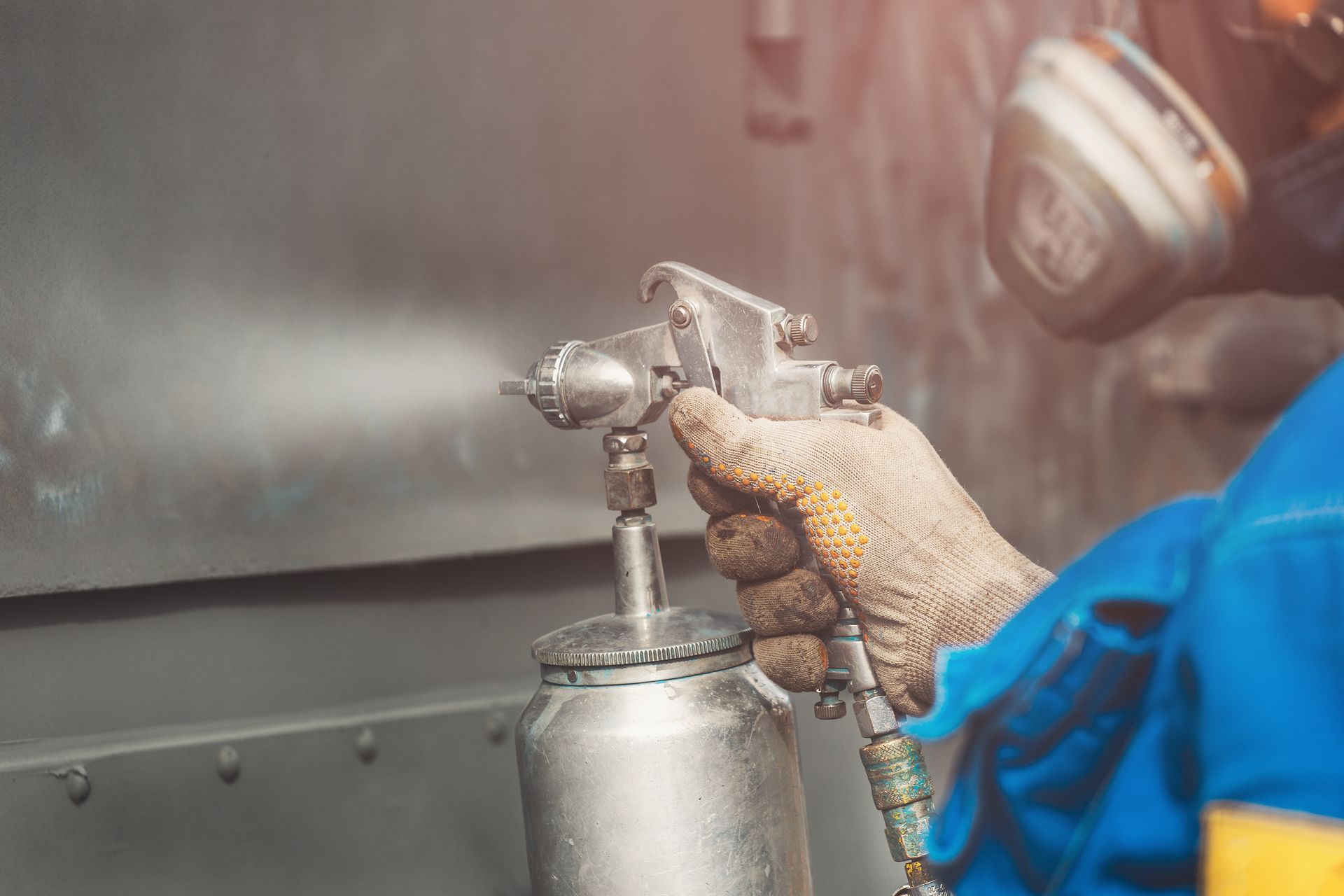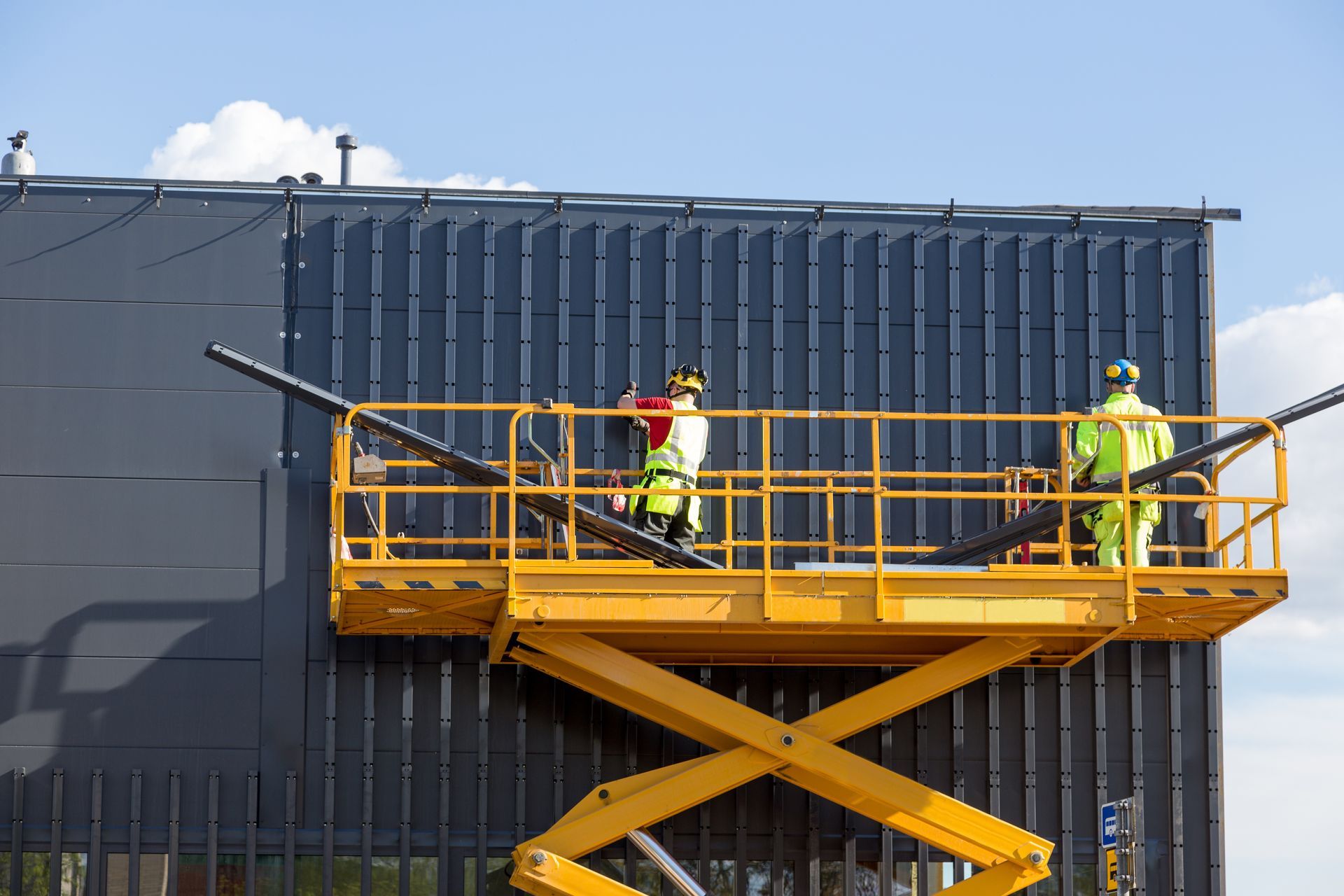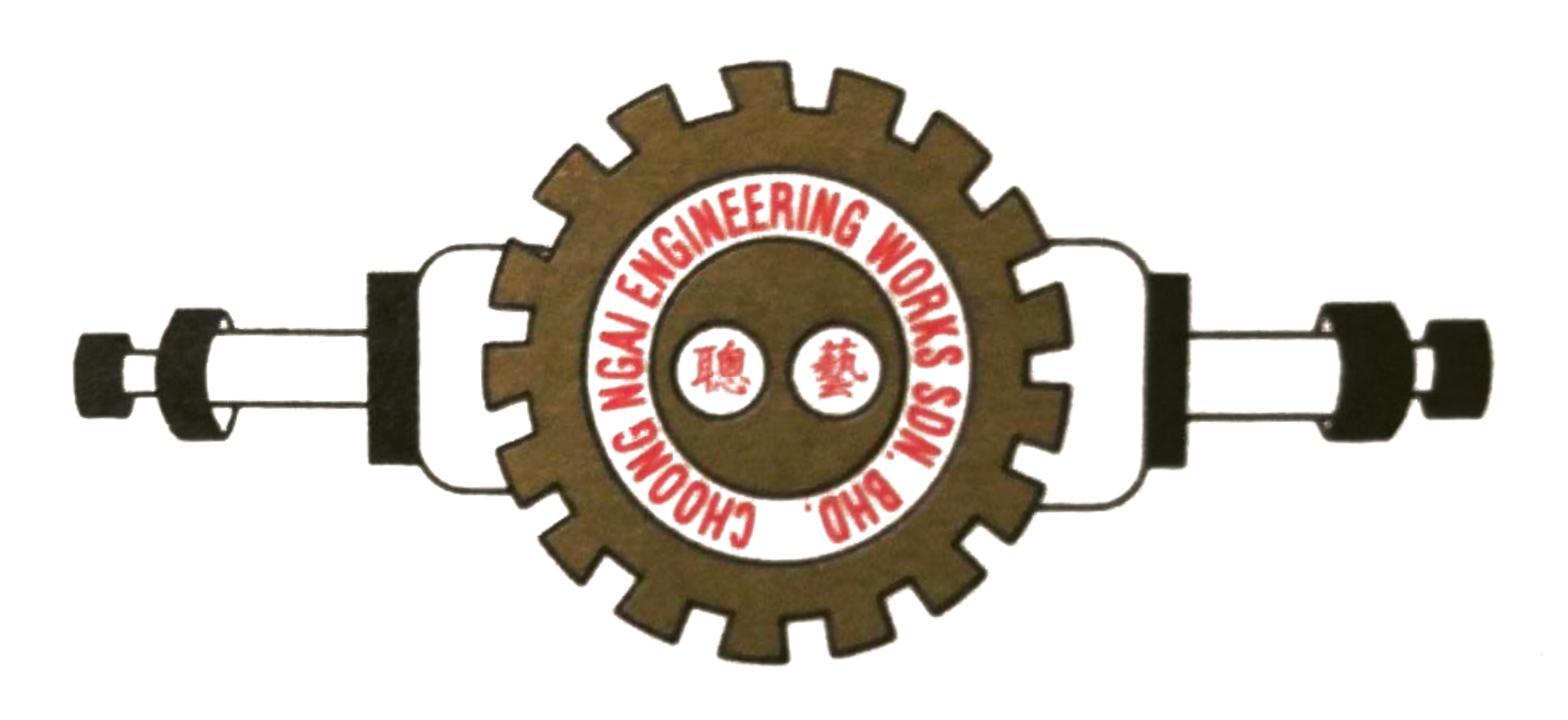Metal Piling in Malaysia: How it Ensures Structural Stability
Malaysia's diverse landscape requires strong, adaptable foundations. Metal piling is a key technique for building resilient structures like buildings and bridges. Understanding metal piling is crucial for construction and civil engineering in Malaysia. This article explores how it ensures stability and the methods used.
What is Metal Piling?
At its core, metal piling is a ground improvement technique that involves driving or drilling steel piles deep into the earth. These piles act as load-bearing elements, transferring the weight of a structure to stronger, more stable soil or rock layers located beneath the surface. By distributing the load in this way, metal piling minimises the risk of uneven settlement, foundation shifts, and other issues that can compromise the integrity of a building.
Metal piles are not simply uniform components; they come in a variety of shapes, sizes, and configurations, each designed to address specific soil conditions and project requirements. Selecting the appropriate pile type is a critical step in ensuring the effectiveness of the foundation system.
Here's a closer look at some of the most common metal pile types used in Malaysia:
| Description | Key Advantages |
|---|---|
| Z-Pile | Interlocking sections form a continuous wall. Strong and water-tight, ideal for retaining walls. |
| Pipe Pile | Circular tubes with open or closed ends. Easy to modify and tailor to load needs. |
| H-Pile | H-shaped cross-section. Strong in bending and compression, good for tough soils. |
| Wide Flange Beams | I-shaped with wide flanges. Strong bending resistance, good for load distribution. |
How Does Metal Piling Ensure Structural Stability?
A solid foundation is the bedrock of any successful construction project. It's what allows buildings, bridges, and other infrastructure to stand strong against the forces of nature, shifting soils, and the relentless march of time. Without a robust foundation, even the most meticulously designed structure is vulnerable to instability and potential failure.
Metal piling is a technique used to protect and fortify structural integrity. It offers a reliable solution for creating stable foundations in a variety of challenging soil conditions.
Soil Versatility
Metal piling's key advantage is its adaptability to diverse soils, like those found in Malaysia (clay, silt, sand, peat). Unlike limited methods, metal piles can be customised to match the specific soil profile, maximising effectiveness. Geotechnical investigations determine the best pile design by analysing soil samples and properties.
Enhanced Load Distribution
Metal piles distribute structural loads evenly, reducing stress on the soil. This is crucial for heavy structures. By transferring the load to deeper, stronger soil, they minimise uneven settling and potential damage. Engineers use software to optimise pile layout for effective load distribution.
Resistance to Lateral Forces
In addition to supporting vertical loads, metal piles also provide resistance to lateral forces, such as those generated by wind, water flow, or seismic activity. These forces can exert significant stress on a structure, potentially causing it to sway, tilt, or even overturn. Metal piles secure anchorage in the ground, buffering against these lateral stresses, enhancing the overall stability of the structure.
Deep Load-Bearing Support
In areas with deep layers of weak or unstable soil, metal piles can be driven or drilled to considerable depths to reach bedrock or other firm strata. This deep load-bearing support is essential for large-scale projects, such as factories, high-rise buildings, and bridges, where the foundation must be capable of withstanding immense loads. The ability to reach these deeper, more competent layers ensures the long-term stability and integrity of the structure. The selection of the appropriate piling method depends on the soil conditions, the pile type, and the project's specific requirements.
Durability and Corrosion Resistance
While steel is inherently strong, it is susceptible to corrosion, particularly in harsh environments. To mitigate this risk, modern metal piling techniques incorporate various protective measures, such as specialised coatings, galvanisation, or cathodic protection. These measures help to prevent corrosion and extend the lifespan of the piles, ensuring the long-term durability and reliability of the foundation system. The choice of corrosion protection method depends on the soil's chemical properties, the groundwater conditions, and the desired service life of the structure.
What are the Common Methods Used in Metal Piling for Structural Stability?
The effectiveness of metal piling depends not only on the quality of the materials used but also on the processes and techniques employed to shape, treat, and connect the piles.
Welding
Welding is a critical process in metal piling, used to create secure and continuous connections between pile sections. Proper welding techniques are essential to ensure that the joints are strong and capable of withstanding the applied loads. Skilled welders use specialised equipment and procedures to create high-quality welds that meet stringent industry standards. The welds are typically inspected and tested to verify their integrity.
Fabrication
Fabrication involves shaping raw steel into piles that meet the specific dimensions, weight requirements, and structural parameters of a given project. This customisation is vital for complex builds where unique load distribution or site constraints require tailored solutions. Modern fabrication techniques allow for precise and efficient shaping of the steel, ensuring that the piles are manufactured to the highest standards.
Metal Skimming
Metal skimming, also known as surface preparation, is the process of removing impurities, such as scale, slag, or rust, from the steel's surface prior to welding or coating. A clean surface is essential for achieving strong welds and ensuring proper adhesion of protective coatings. Various methods, such as abrasive blasting or chemical cleaning, can be used to prepare the steel surface.
Metal Coating Systems
To protect metal piles from corrosion, various coating systems are employed. These coatings act as a barrier between the steel and the environment, preventing moisture, chemicals, and other corrosive elements from reaching the metal surface. Common coating systems include galvanising, epoxy coatings, and specialised paints. The selection of the appropriate coating system depends on the specific environmental conditions and the desired service life of the structure.
Looking for metal piling repair services in Malaysia? Choose Choong Ngai Engineering!
Even well-installed metal piles may need maintenance over time. Choong Ngai Engineering helps you maintain the stability, safety, and resilience of your metal piling foundation in Malaysia. Contact us today!
